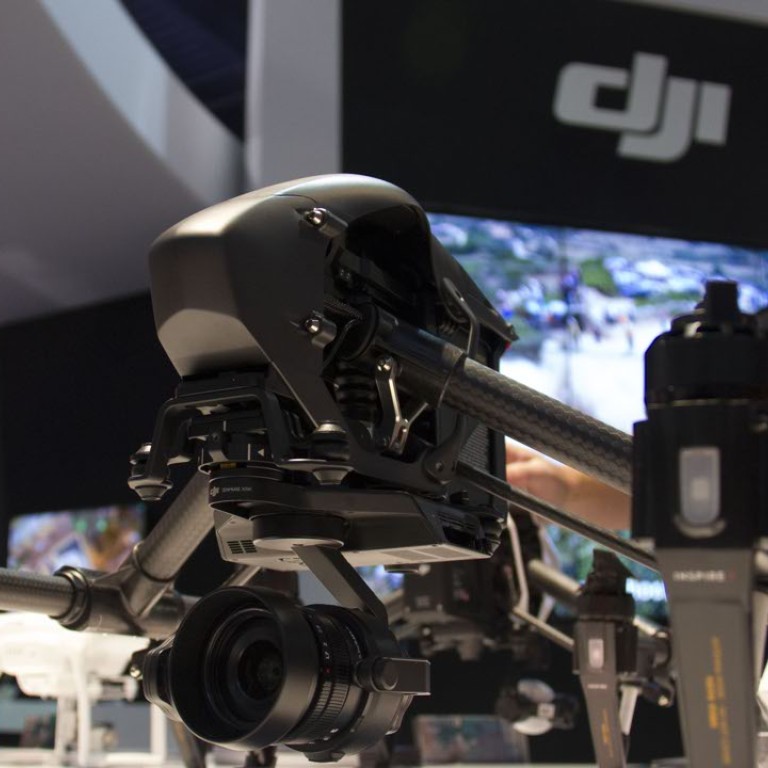
Next goal: Seoul as China’s top drone-maker DJI expands to bohemian Hongdae district to tap growing Asian market
Chinese drone maker DJI is set to open a retail store in South Korea in March, its second brick-and-mortar outlet after the company opened a flagship in its hometown of Shenzhen, as it looks to expand its presence in the growing Asian market.
DJI will open an 870-square-metre store in Seoul’s student-friendly district of Hongdae offering drone displays, repairs and aftercare. It launched the Shenzhen shop last month.
“DJI views Korea as a market with strong potential,” said Taehyun Moon, the company’s country manager for Korea.
“Whether you are a professional looking for the latest aerial-imaging equipment, or curious and looking for your first drone, you’ll get to experience our technology up close and in person.”
READ MORE: Goodbye GoPro? Chinese drone maker DJI brings super-smooth 4K video to terra firma with new handheld Osmo steadicam
DJI commands about 70 per cent of the global market for consumer drones. The United States makes up its top market by sales. With a valuation of around US$10 billion, it ranks among China’s most successful tech start-ups.
Founded by Hong Kong University of Science and Technology graduate Frank Wang in 2006, DJI does not release sales figures. But a spokesman said it saw annual growth of 300 per cent to 500 per cent from 2011 to 2015.
It expansion offline in Korea marks its growing interest in Asia, with Japan also a key target.
Set over five floors, the Seoul shop will sell the full range of DJI’s consumer products as well as allowing visitors to watch footage filmed using the unmanned aerial vehicles.
Meanwhile, DJI has three offices in Japan employing a total of 50 staff. It sees the Japanese market as a target for its agricultural drones, as farm sizes in the country are suited to using the flying gadgets for crop-spraying, a spokesman said.
A report by the Association for Unmanned Vehicle Systems International predicted that agriculture will be one of the leading markets for unmanned aerial vehicles, with up to 150,000 drones sold each year for this purpose by 2020 in the United States alone.
Earlier this week, DJI signed a deal with German airline Lufthansa for the carrier to develop applications to use commercial drones for aircraft and windfarm inspections.
The airline’s consulting division, Lufthansa Aerial Services, will build on DJI’s aerial platforms to develop technology for customers after a pilot project using drones to inspect rotor blades on wind turbines showed the technology was safer than a manual inspection, and could also be used to collect data for later analysis.
Potential uses for the drones mounted with thermal-imaging cameras include inspecting railway lines, solar farms and construction sites.

